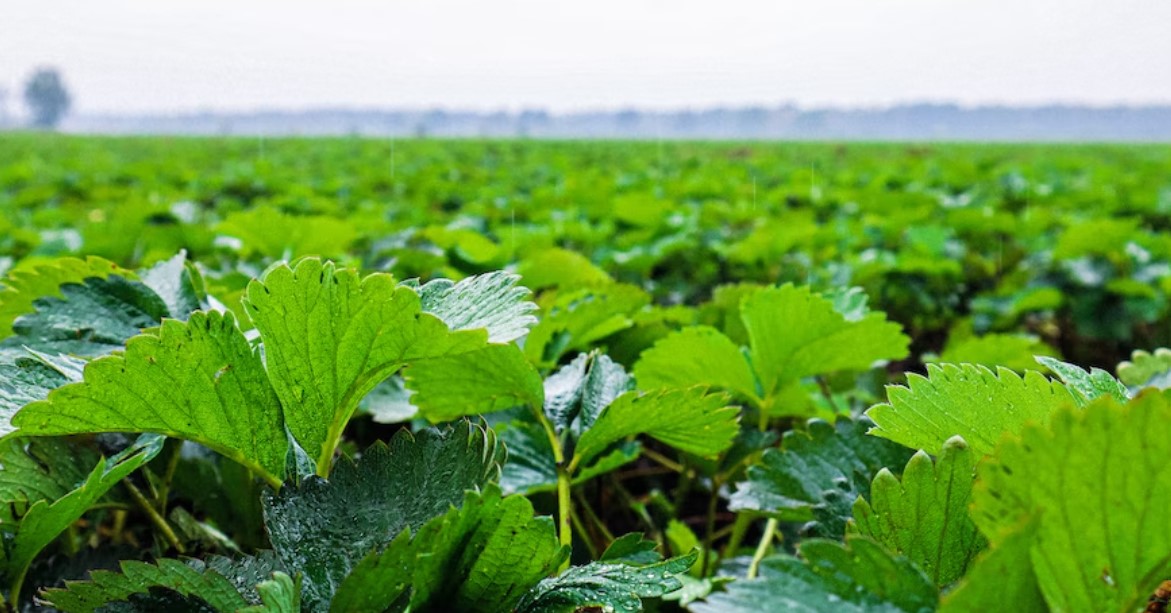
A new 30-year conservation program will help U.S. farmers and landowners maintain conservation practices and underscore their commitment to sound long-term stewardship on agricultural land.
 The program, called CLEAR30, is to launch as a pilot of the U.S. Department of Agriculture Farm Service Agency (FSA) this summer with the program sign-up period running from July 6 to August 21.
The program, called CLEAR30, is to launch as a pilot of the U.S. Department of Agriculture Farm Service Agency (FSA) this summer with the program sign-up period running from July 6 to August 21.
FSA Administrator, Richard Fordyce, said that, “Through CLEAR30, we can decrease erosion, improve water quality and increase wildlife habitat on a much longer-term basis. We want to share this opportunity early, before the sign-up period, so farmers and landowners have more time to consider if CLEAR30 or another program is right for their operation.”
The pilot is available to farmers and landowners with expiring water-quality practice CRP contracts in the Great Lakes and Chesapeake Bay regions, covering the states of Delaware, Illinois, Indiana, Maryland, Michigan, Minnesota, New York, Ohio, Pennsylvania, Virginia, West Virginia and Wisconsin. Eligible producers must have expiring Clean Lakes, Estuaries and Rivers (CLEAR) initiative contracts, including continuous CRP Cropland contracts with water-quality practices or marginal pasturelands CRP contracts devoted to riparian buffers, wildlife habitat buffers or wetland buffers.
The longer contracts will help ensure that practices remain in place for 30 years, which will help reduce sediment and nutrient runoff and help prevent algal blooms. Traditional CRP contracts run from 10 to 15 years. See here for more.
And staying with USDA, the agency is seeking public and private sector input into its ‘ag-innovation’ strategy. The strategy is focused on stimulating innovation to increase U.S. agriculture production by 40% while halving its environmental impact. The input will be used to develop a comprehensive U.S. agriculture innovation strategy by the end of this year.
USDA Deputy Secretary Stephen Censky said, “We know now, more than ever, it is important to double down on innovation in order to support farmers, ranchers, and producers as they work to increase productivity while conserving our natural resource base. Although current dynamics have shifted, our focus remains on positioning American agriculture to be a part of the solution to future demands.”


